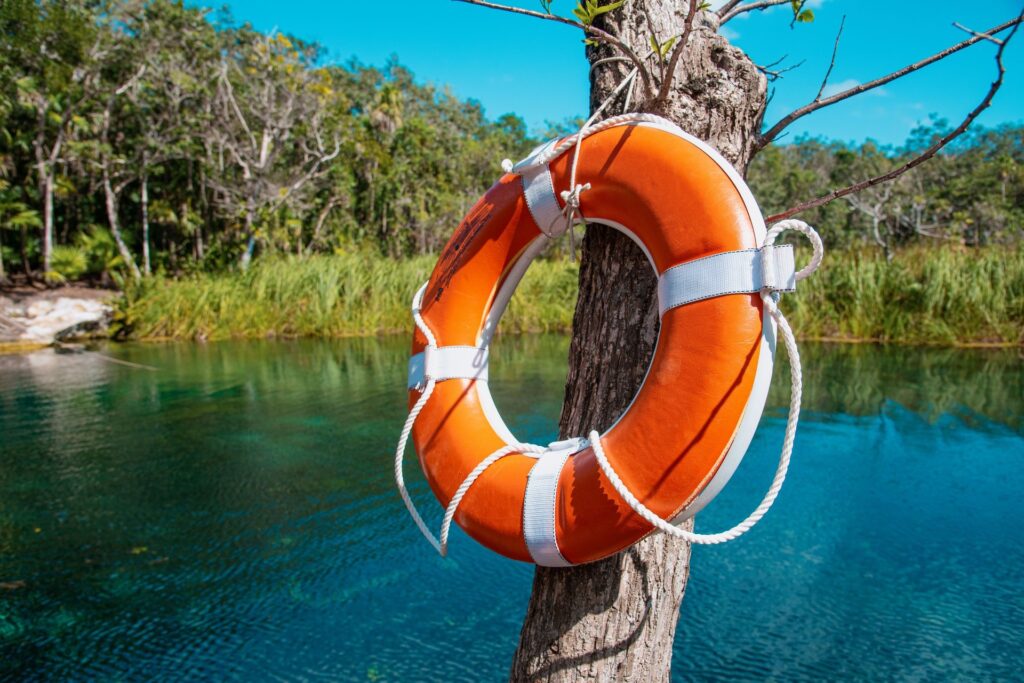The majority of the world’s companies are closed due to the current pandemic. A historic event during our lifetimes. During Phase 1 of the response to this pandemic we saw the implementation of the current stay-at-home policy and closure of non-essential businesses. Phase 2 will be when stay-at-home policies are relaxed while maintaining social distancing, some non-essential businesses re-open, and non-essential travel may resume. Phase 3 is when congregation and travel restrictions are mostly lifted albeit with strong observance of protocols to prevent resurgence of transmissions. These all applied to Quinta Roo.
As governments all over the world are busy dealing with the deadliest pandemic in recent history, many are putting in place measures to re-open economies, commonly understood as the Phase 3 of the action plan. However, this will be particularly drawn out for economies dependent on the pursuit of leisure and subject to disposable income, i.e., travel and tourism. After millions of people have lost their jobs, dip into their savings for survival or take on debt to stay afloat, getting back to the “new normal” will take time.
Macro-economically speaking, this domino effect will be particularly harsh on touristic destinations for whom inbound travelers are the backbone of their economies. The Mexican state of Quintana Roo should not expect for travel to resume as soon as travel and activity restrictions in the US and Europe are lifted. Respective local and federal governments better be stepping up to endure the period of drought that will come next.
Nonetheless, this worldwide crisis also offers a unique pause for economic introspect. It is an opportunity to plan for a more diversified economy – and the time to prepare for a reactivation is now.
Here are some initiatives that the authorities of places like Quintana Roo should be considering when formulating their plans:
Training of the workforce. As thousands of hardworking professionals are being laid-off due to force majeure beyond the control of companies, it is a great opportunity for the government to coordinate rescue packages to cover existing payroll expenses. Companies may then be able to retain their talent through indirect funding as long as they commit to provide professional training while normal levels of travel demand return to the region.
Facilitate infrastructure improvements. Through government-backed loans, incentivize the re-investment in infrastructure, to include building renovations and overdue repairs, equipment acquisitions or replacements, software and technology improvements, among others. The impact may be even greater if the loans also spur the creation of new companies, acquisition of or development of new franchises.
Focus on B2B and technological innovation. SMEs that service other companies and have an economic incentive to do so through technology will help the diversification that the region has demanded for so long. Although the major vendors to tourism entities will be among the first clients, technological advances can then migrate to other segments, effectively diversifying the local economy towards services.
Airlines and Logistics. A crucial infrastructure component for the travel industry are the airlines. Given that these operate already on thin margins, luring them back will require more than just opening airports or paying for empty seats. Given the strategic location of Cancun and its already world-class structure already in place, it is paramount to offer creative ideas that incentivize airlines to rely more on the logistical services offered locally.
Public-private partnerships for investments. The local authorities should also be speaking to non-institutional entities that can not only issue loans but also help develop ideas into viable businesses. Cancun is well-poised to be a hub for VCs that seek to deploy its capital into TourTech, PropTech, and LogiTech startups. By partnering with VC, and inviting them to be based locally, the government ensures it has the continued advice of professionals specialized in these subjects.
All of these do not mean that the reactivation should be focused only on economic gains. The post-COVID19 world will force people to re-evaluate what is important in life, with health and safety becoming a top-of-mind priority that should not be minimized. However, taking all of this into account, it is during critical times like this one that define what is to come next. I hope Quintana Roo does the right thing and let’s get going!

